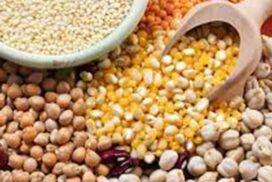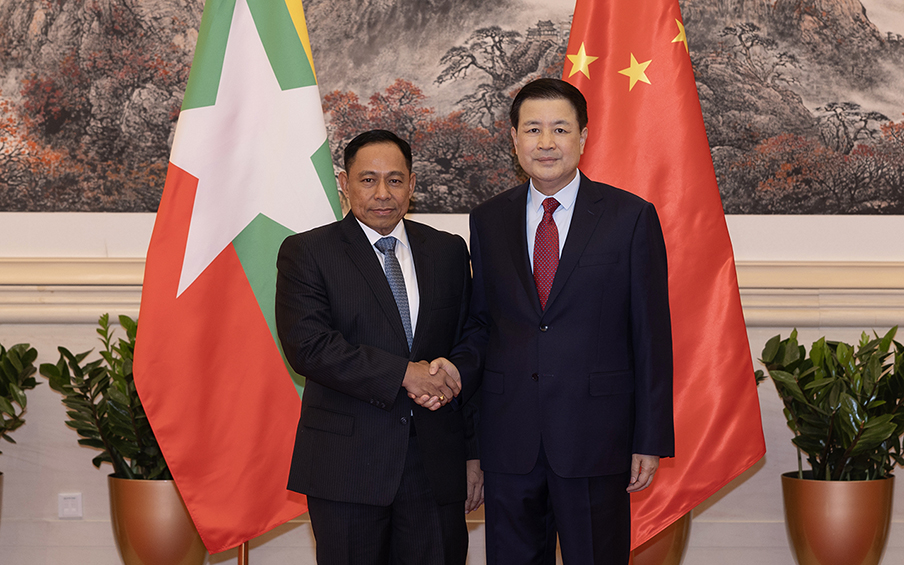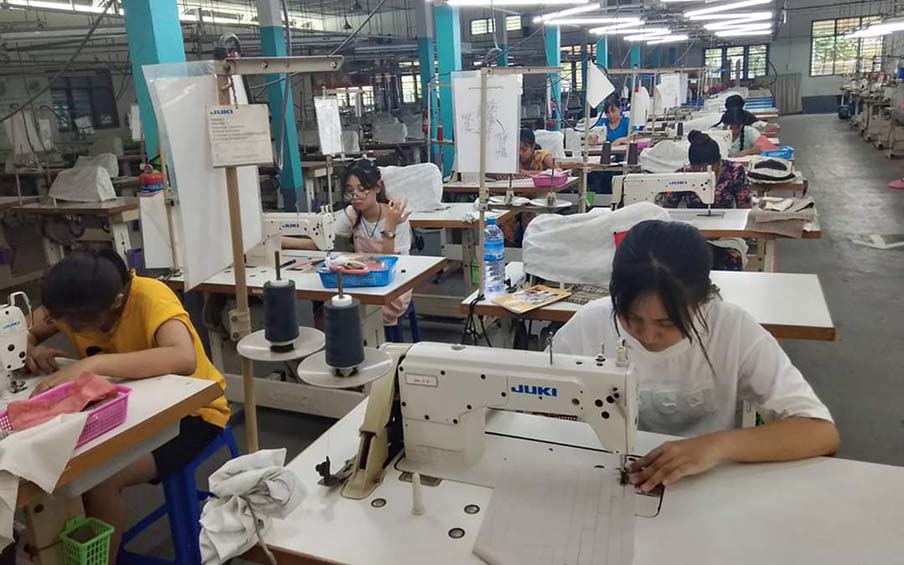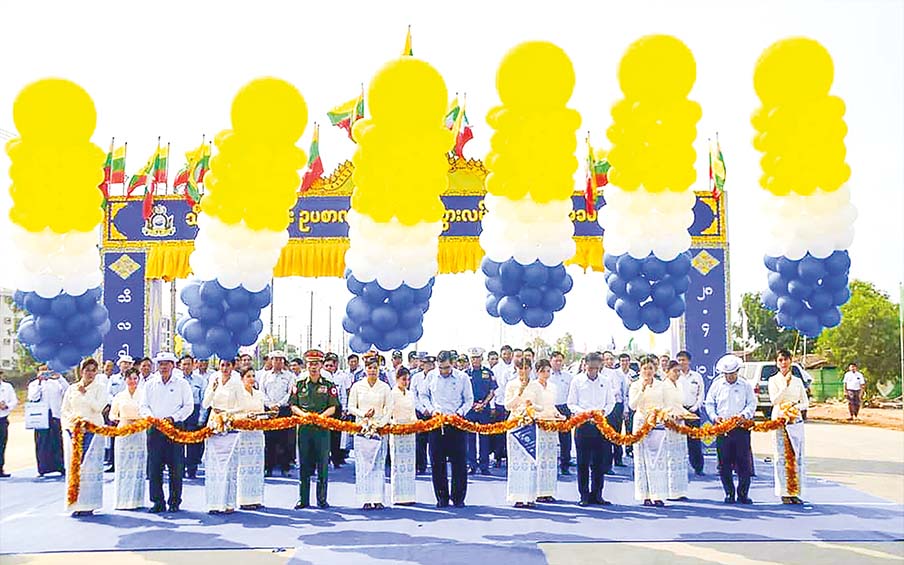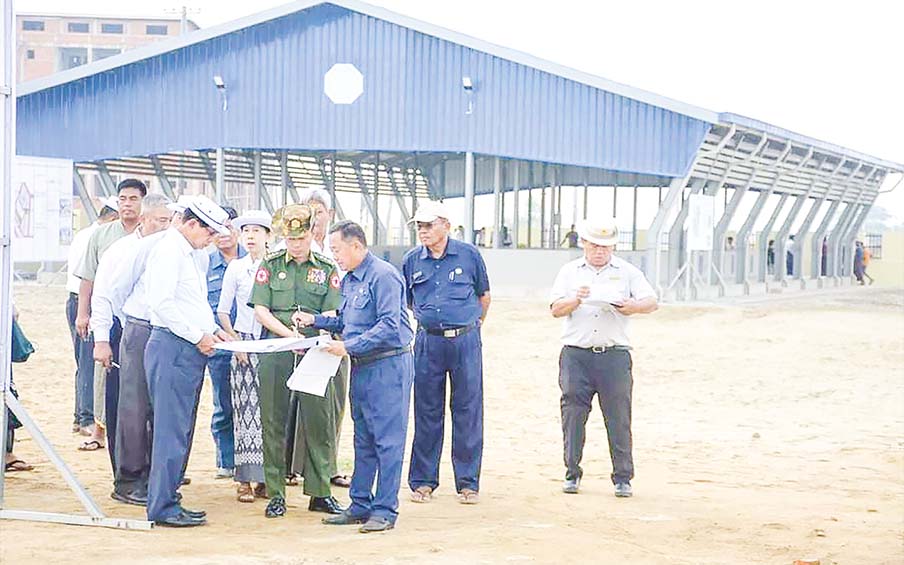Myanmar exported more than 811,812 tonnes of various pulses worth US$637.14 million in the first half (1 April and 30 September) of the current financial year 2022-2023, according to statistics released by the Ministry of Commerce.
The country shipped over 668,092 tonnes of pulses to external markets through seaborne trade, generating an income of $539.626 million, while $97.5 million worth 143,720 tonnes of pulses were sent to the neighbouring countries via cross-border posts.
India is the main buyer of Myanmar beans, especially black gram, green grams and pigeon peas. Besides India, Myanmar’s beans are purchased by Bangladesh, Pakistan, Nepal, UAE, Malaysia, Indonesia, China Taipei, Japan, and European countries. But, the volume of demand by those countries is small, according to the domestic bean market.
The black gram price is sliding in the second week of October. The price of black gram declined from K1,950,000 on 30 September to over K1,800,000 per tonne on 10 October. Meanwhile, pigeon pea prices also decreased from K2 million to K1.98 million per tonne. The green gram was priced only at K135,000-155,000 per three-basket bag at the end of September.
According to a Memorandum of Understanding between Myanmar and India, India will import 250,000 tonnes of black gram and 100,000 tonnes of pigeon peas (tur) from Myanmar for five consecutive years from the 2021-2022 financial year to the 2025-2026FY.
As per Agri World Mumbai, India’s pulses output dropped compared to that of previous years. The torrential rain in India this year affected the interest of the growers.
Myanmar conveyed US$830.625 million worth of over 1.09 million tonnes of various beans and pulses to foreign trade partners between 1 October 2021 and 31 March 2022 in the mini-budget period. The country shipped $780.156 million valued at over one million tonnes of pulses and beans to foreign markets through sea route, and $50.469 million worth of over 61,895 tonnes were sent to the neighbouring countries through land borders.
Myanmar’s agriculture sector is the backbone of the country’s economy and it contributes to over 30 per cent of the Gross Domestic Product. The country primarily cultivates paddy, corn, cotton, sugarcane, various pulses and beans. Its second-largest production is pulses and beans, accounting for 33 per cent of agri-produce and covering 20 per cent of growing acres. Among them, black beans, pigeon peas and green grams constitute 72 per cent of bean acreages. Other beans including peanuts, chickpeas, soybeans, black-eyed beans, butter beans and rice beans are also grown in the country. — KK/GNLM
Myanmar bags over US$600 mln from export of various pulses in H1
- October 11, 2022
- 746




